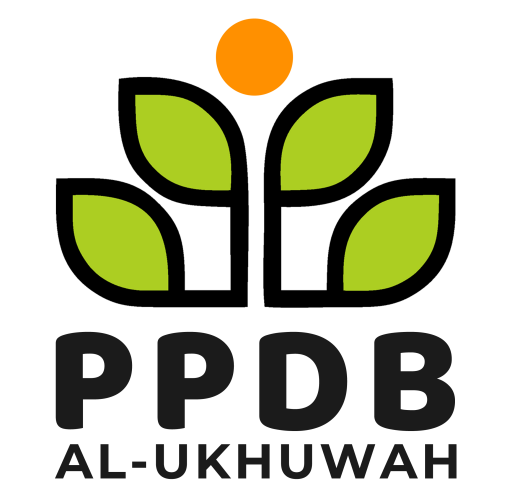Fortunately, there is Pillow, an actively developed fork of PIL, that is easier to install, runs on all major operating systems, and supports Python 3. The library contains basic image processing functionality, including point operations, filtering with a set of built-in convolution kernels, and color-space conversions. SciPy is a powerful open-source Python library used for scientific and technical computing. It offers extensive capabilities through its submodule scipy.ndimage. It specializes in multi-dimensional array operations, making it well-suited for handling image data represented as arrays. SciPy empowers users to perform diverse image processing operations efficiently.
Must Read Stories
It’s also often used for exploratory work when dealing with images. This output illustrates how pandas concat deals with columns that do not match across DataFrames. It fills in missing values with NaN where data from a non-existent column in one of the DataFrames is expected, allowing for a flexible integration of datasets with varying structures.
For next warming up, first import an Image object to the Python file:
Unfortunately,its development has stagnated, with its last release in 2009. Next, you set the value of a set of pixels at the center of the array to 255. The first argument in .paste() indicates the image that you wish to paste in, and the third argument represents the mask. In this case, you’re using the same image as a mask because the image is a binary image. The second argument provides the top-left coordinates of the region where you want to paste the image.
Peter White
- In this article, we’ll look at how to use OpenCV in Python to process the images.
- In this section, you’ve learned about several filters available in the ImageFilter module that you can apply to images.
- However, before they can be used, these digital images must be processed—analyzed and manipulated in order to improve their quality or extract some information that can be put to use.
- PIL (Python Imaging Library) is a free library for the Python programming language that adds support for opening, manipulating, and saving many different image file formats.
Pillow has an extensive selection of built-in functions and filters. However, there are times when you need to go further and manipulate images beyond the features that are already available in Pillow. You achieve thresholding by calling .point() to convert each pixel in the grayscale image into either 255 or 0. The conversion depends on whether the value in the grayscale image is greater or smaller than the threshold value.
They offer diverse functionalities including filtering, segmentation, and feature extraction, serving as foundational tools for a range of computer vision tasks. These transformations are linear and preserve points, straight lines, and planes, with parallel https://forexhero.info/ lines remaining parallel after the transformation. This article delves into the practical application of affine transformations using the scipy.ndimage library in Python, demonstrating how to perform various affine transformations on an image.
This explanation will detail the code involving the creation and concatenation of two pandas DataFrames with different columns and missing values. In this more advanced example, we will explore how pd.concat can handle different types of data alignment and manage missing values when concatenating DataFrames that don’t perfectly align. This demonstrates the flexibility and power of pd.concat in more realistic data scenarios where discrepancies in data structure often occur. This example clearly shows how pandas concat can be used to combine DataFrames along different axes, providing flexibility in how you merge data.
Inside you’ll find our hand-picked tutorials, books, courses, and libraries to help you master CV and DL. Instead, my goal is to do the most good for the computer vision, deep learning, and OpenCV community at large by focusing my time on authoring high-quality blog posts, tutorials, and books/courses. I hope you found this tutorial informative and engaging, providing you with valuable skills that you can apply to your data analysis projects. I strongly believe that if you had the right teacher you could master computer vision and deep learning. The resulting DataFrame has four columns (‘A’, ‘B’, ‘C’, ‘D’) and eight rows.
Here, we scale by 0.75 along the x-axis and 1.25 along the y-axis. Probe an image with a simple shape (a structuring element), andmodify this image according to how the shape locally fits or misses theimage. Need to know the shape and image manipulation dtype of the image (how to separate databytes). This is similar to drawing a rectangle in Paint or many other image editors. If you remember you start drawing from the top left (x1, y1) and you finish at the bottom right (x2, y2).
The image can be loaded using skimage and displayed using Matplotlib. Erosion is the process of removing white pixels from the boundaries in an image. You can achieve this in a binary image by using ImageFilter.MinFilter(3) as an argument for the .filter() method.
To see a nice example, including how to do some error handling, check out the tutorials page in the documentation. This simplifies the demonstration, focusing on geometric transformations without the complexity of color channels. Other Scientific Packages provide algorithms that can be useful forimage processing. In this example, we use the spectral clusteringfunction of the scikit-learn in order to segment glued objects.
Image blurring is the technique of reducing the detail of an image by averaging the pixel values in the neighborhood. This can be done to reduce noise, soften edges, or make it harder to identify a picture. In many image processing tasks, image blurring is a common preprocessing step. It is useful in the optimization of algorithms such as image classification, object identification, and image segmentation.
